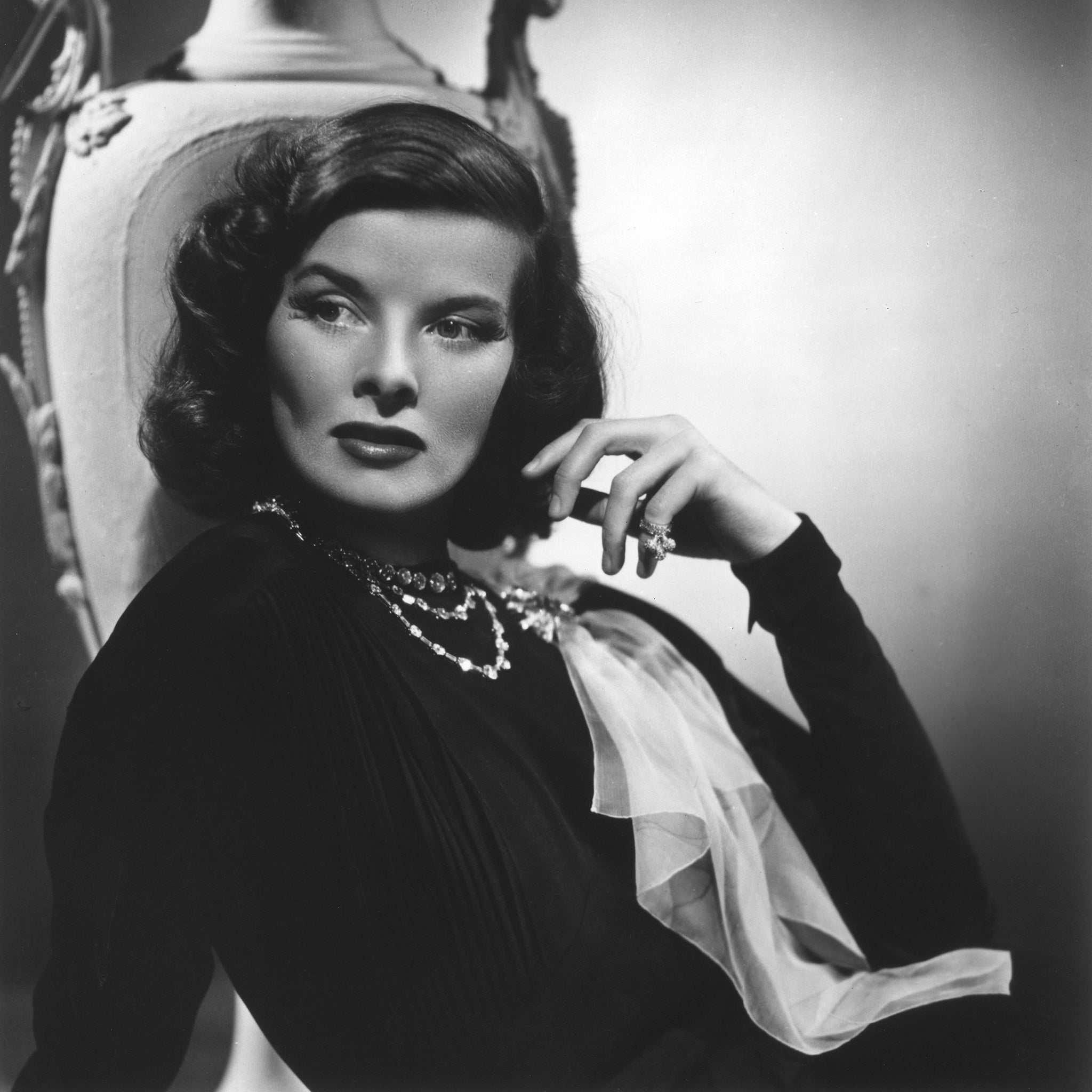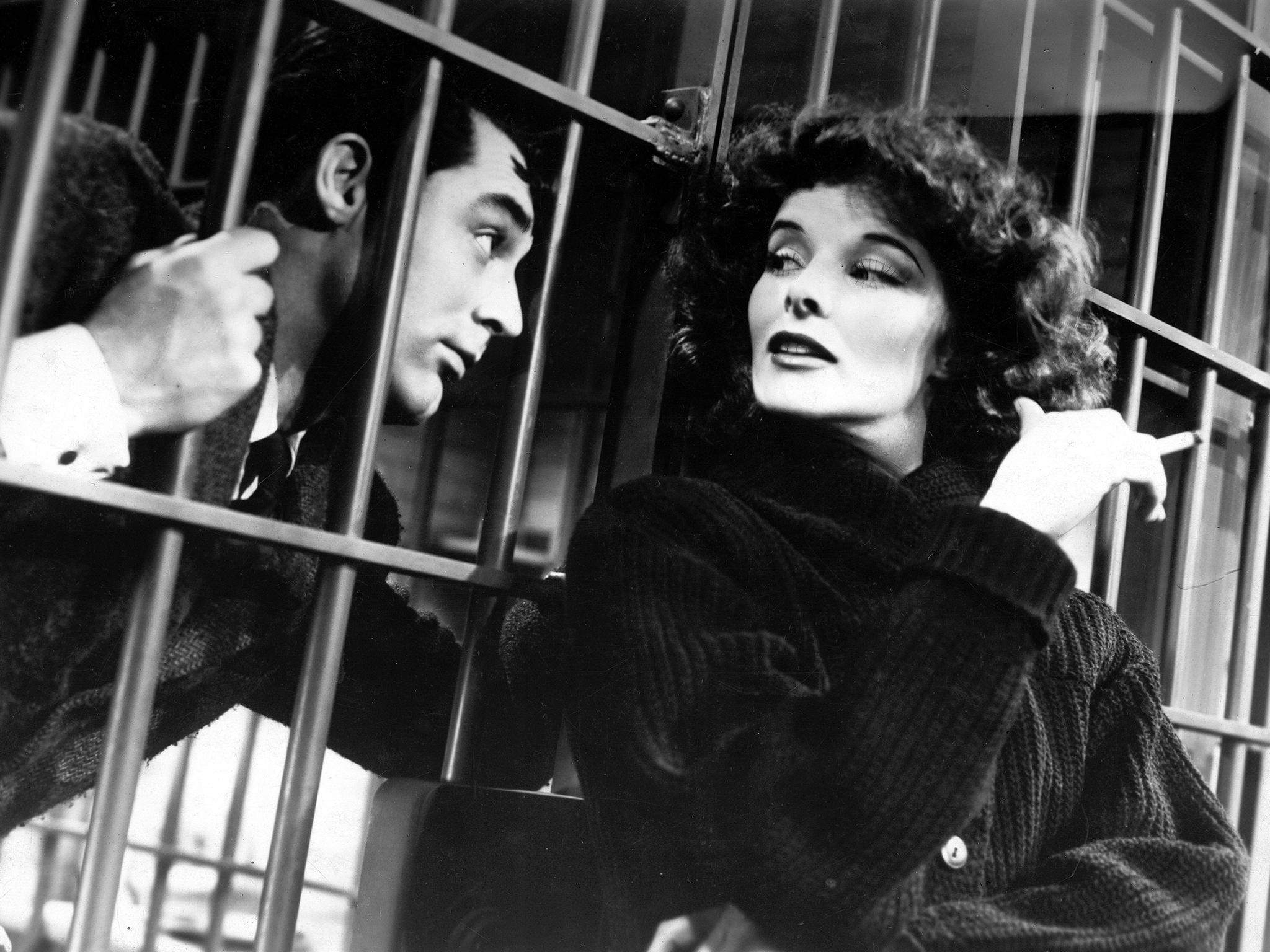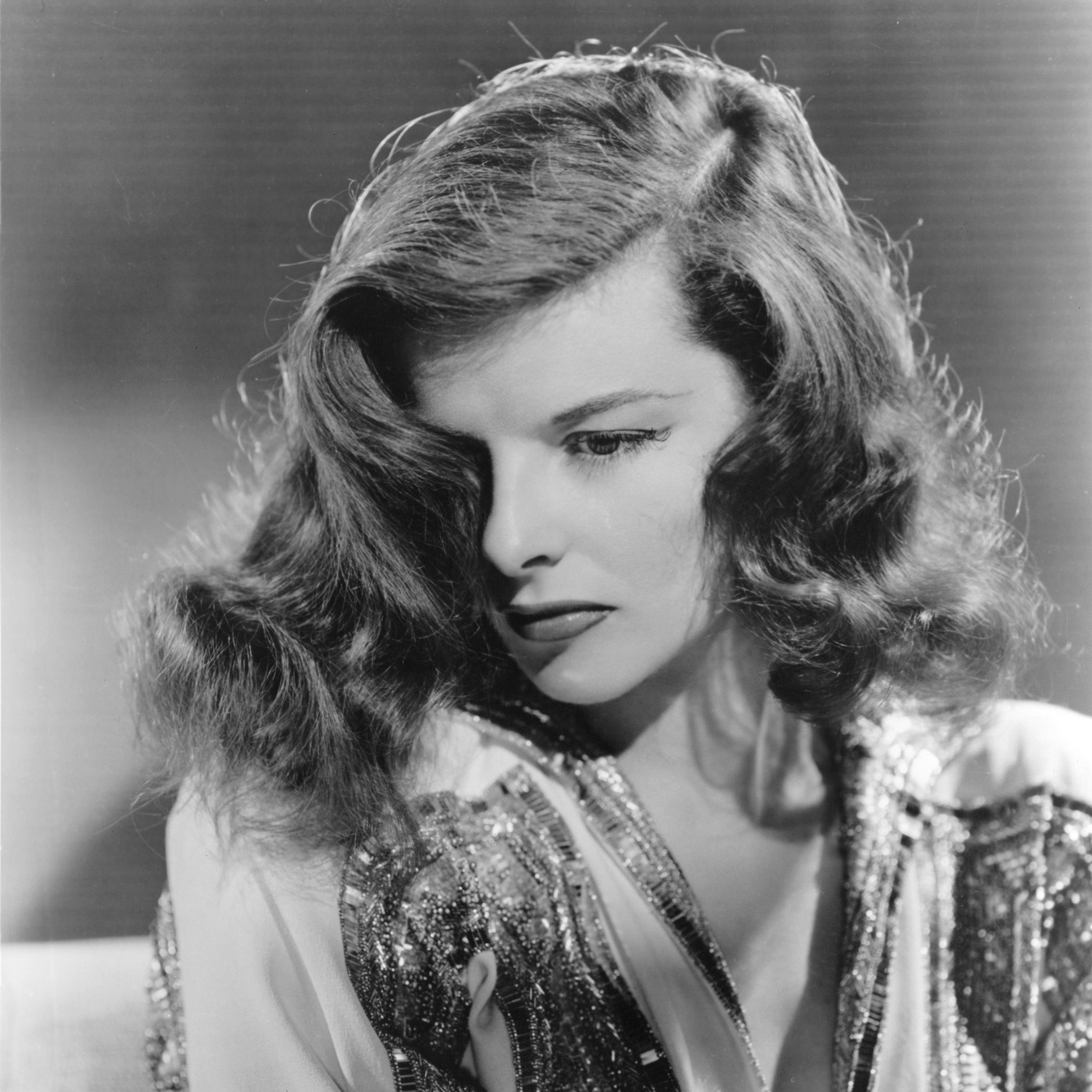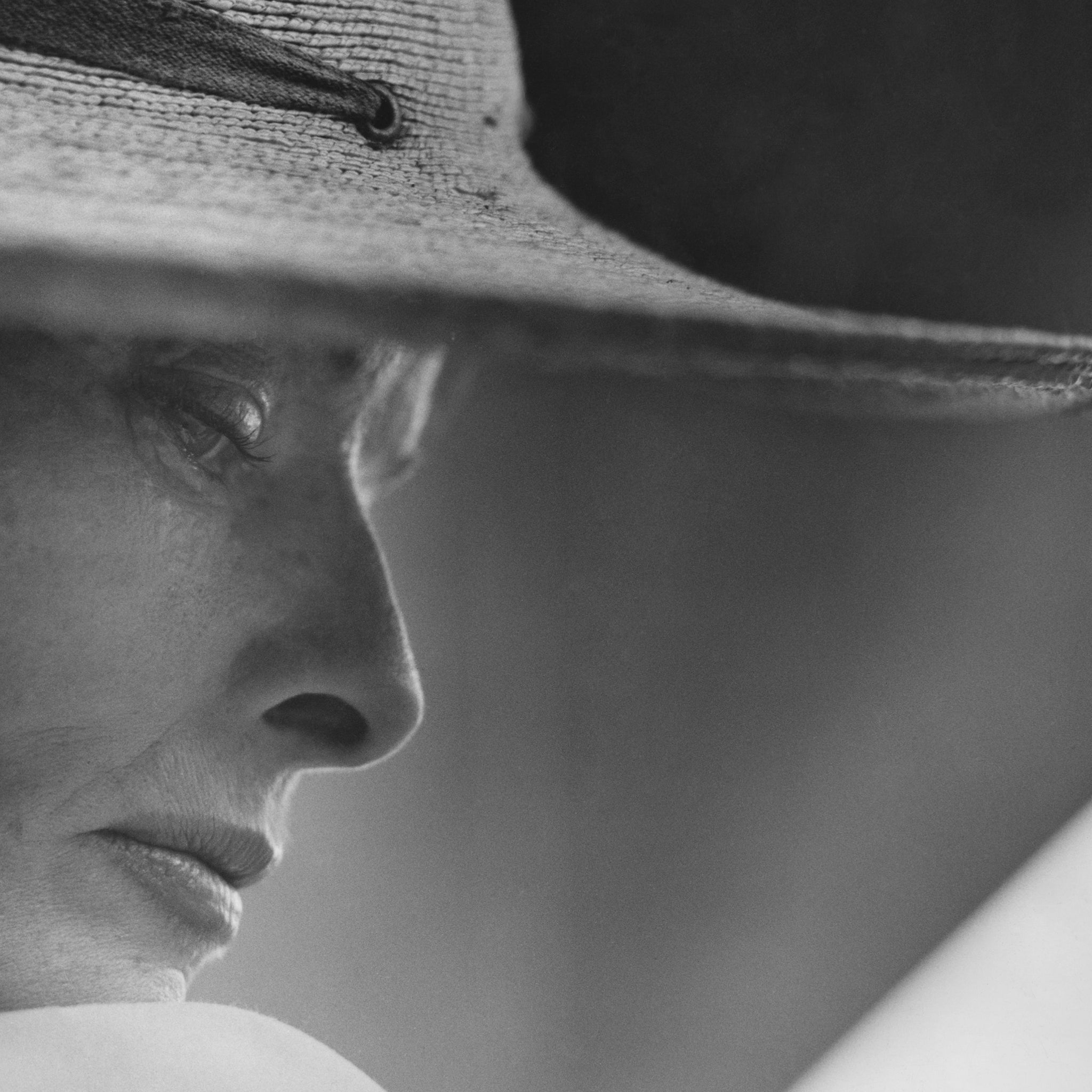Katharine Hepburn: Celebrating a career of unparalleled lustre and longevity
There has really never has been any other Hollywood star quite like her, as the British Film Institute's Katharine Hepburn season will show

In A Scott Berg’s memoir Kate Remembered, published just days after Katharine Hepburn’s death in 2003, the author makes a very telling point about what distinguished Hepburn from almost every other movie star in history. In the early 1980s, Berg had interviewed silent movie actress Blanche Sweet for a biography he was writing of Samuel Goldwyn. As Sweet acknowledged, her own film celebrity had long since faded.
“[Sweet] proudly asserted that her run of nearly 20 years was, in fact, as long as any actress could ask for in the medium. ‘Even the great ones,’ she said, ‘can’t stay a star longer than that. Some of the men get to go longer’ but for women, it’s always about youth.’”
There was only one exception that Sweet could name – Katharine Hepburn, who now receives a lengthy retrospective in London.
Age didn’t wither Hepburn. She was still as much a star in 2003 as she had been when she won the first of her four Oscars for Morning Glory in 1933. She never became a self-pitying type, desperately clinging to her past, like the Gloria Swanson character in Sunset Boulevard. Nor did she turn into a Greta Garbo-like recluse.

If you want to know the secret to Hepburn’s longevity, you just need to see her in that famous golf-course scene as Pat Pemberton in George Cukor’s Pat and Mike (1952). In a foul mood, she grabs a driver, marches on to the practice ground, hits nine perfect shots in a row, then throws her club to the ground and marches off again. It’s the sheer briskness and force of personality that leap out. She doesn’t waste any time fiddling around or waiting to see where the last shot went.
Hepburn’s biographers (Berg among them) have suggested that her attitude might have had its roots in a terrible incident in her childhood. When she was 13, she found the body of her brother Tom, two years older, hanging from a noose made of strips of cloth from a ceiling beam. “Was athletic and happy,” The New York Times said, in its report of the “mystery suicide” of the surgeon’s son. “Must have killed himself as a result of suddenly developed insanity, Father says.”
The family’s reaction to the tragedy was to “get on” with life. Their way of coping with an incident that was both devastating and inexplicable was to keep their eyes firmly ahead.
Think of Hepburn in almost all of her most famous roles – as the missionary heading down river with Humphrey Bogart in The African Queen (1951), or as the beautiful young heiress pursuing Cary Grant’s diffident palaeontologist as well as a missing leopard in Howard Hawks’s screwball classic Bringing Up Baby (1938), or as the lawyer pitted against her husband (Spencer Tracy) in a court case in Adam’s Rib – and what you notice is her ferocious drive and sense of purpose.

In some old Hollywood publicity shots, Hepburn looks like the typical 1930s movie star. She has the same lustrous hair and high cheekbones as Garbo and projects a similar sense of glamour. In fact, she was a far more anarchic and contrarian figure than any of her fellow contract artists. Hepburn was an outdoors type, a tomboy from blue blood, liberal and intellectual New England stock. Her mother was active in the suffrage movement. She herself wasn’t the type of starlet who would be discovered in Schwab’s drug store, or who would allow herself to be bullied or manipulated by US studio bosses.

Watch Apple TV+ free for 7 day
New subscribers only. £9.99/mo. after free trial. Plan auto-renews until cancelled.
ADVERTISEMENT. If you sign up to this service we will earn commission. This revenue helps to fund journalism across The Independent.

Watch Apple TV+ free for 7 day
New subscribers only. £9.99/mo. after free trial. Plan auto-renews until cancelled.
ADVERTISEMENT. If you sign up to this service we will earn commission. This revenue helps to fund journalism across The Independent.
After the early triumph of Morning Glory, her career in Hollywood nose-dived. “Katharine of Arrogance” was her nickname and there was a period when she was described as “box office poison” by the Independent Theatre Owners of America. This was partly to do with her choice of roles. One of her biggest flops was Cukor’s gender-bending Sylvia Scarlett (1935) in which she dresses up as a man and, at one stage, is shown being kissed by a girl. Hepburn later dismissed it as “awful” but the film is still pored over on film studies and feminist-theory courses today.
RKO brought her to Hollywood in the early 1930s, provided her with starring roles in 14 features – and lost money on almost all of them. The last was Bringing Up Baby: regarded as a cast-iron classic today, it performed disastrously at the box-office. (At least, they all enjoyed making it with Hepburn, as Todd McCarthy notes in his biography of Hawks, continuing “her custom of serving tea on the set.”) After Bringing Up Baby, Hepburn bought out her contract. In theory, that should have marked the beginning of her decline into obscurity. She was in her 30s with a solid track record of commercial failure behind her.
Post RKO, Hepburn’s career began to bloom. Smash hit The Philadelphia Story (1940) was one of the turning points. She had acquired the film rights after starring in the Broadway production, which had been written for her. (Her lover Howard Hughes lent her the money.) She then negotiated a deal with MGM that guaranteed her the leading role as the volatile and witty socialite – who was an exaggerated version of herself.

The qualities that made Hepburn special were only amplified as she grew older. She was a brilliant screen comedienne. She combined the eccentricity and mannerisms of the best character actors with a diva-like glamour and sex appeal. The arrogance that had so irked the RKO bosses began to seem a benefit. She was so far above the petty squabbling of the Hollywood studios that she wasn’t bothered by the ebbs and flows in her popularity. Post RKO, Hepburn was also one of the few stars able to control her own career. She was an astute businesswoman, albeit one whose negotiating tactics seemed to have been learnt in the nursery. “She usually got anything she wanted because she would turn up wearing the traditional slacks. And she would barge into [the studio bosses’] offices and give them hell,” her friend and collaborator Garson Kanin said of her.
Hepburn picked the films she wanted to appear in and chose her co-stars – one reason why she worked so often with Spencer Tracy. They made a very engaging double act, on screen and off. The hard-drinking Tracy was gruff and down to earth while she remained flighty and mercurial. In their movies together, they always bickered furiously – and the more they argued, the more obvious their attraction for one another became.
It wasn’t just Tracy. Many of Hepburn’s best movies feature adversarial relationships with equally strong-willed male co-stars, whether Bogart in The African Queen, Peter O’Toole in The Lion in Winter or even John Wayne in Rooster Cogburn.
Over a decade after her death, there has been no diminution of interest in Hepburn’s life and work. Cate Blanchett won an Oscar for playing her on-screen in Martin Scorsese’s The Aviator. “I would be hard pushed to think of another artist in any medium who has given me as much pleasure as the divine Ms H,” the novelist Zadie Smith wrote of her. Hepburn’s films are often revived – and whenever they are, the conclusion is always the same: there really never has been any other Hollywood star quite like her.
Katharine Hepburn season, BFI Southbank, London SE1 (bfi.org.uk) to 19 March. ‘The Philadelphia Story’ is re-released by the BFI in selected cinemas across the UK from 13 February
Join our commenting forum
Join thought-provoking conversations, follow other Independent readers and see their replies
Comments
Bookmark popover
Removed from bookmarks